
Zielonki
Elaboration author
Emilia Karpacz
Monuments
Parishes
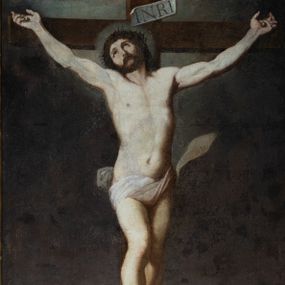
Picture
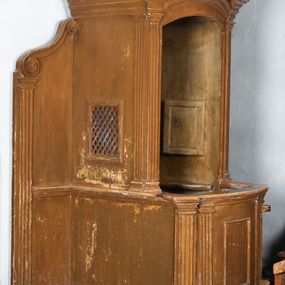
Confessionals
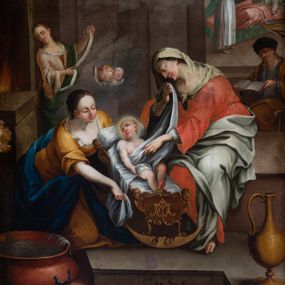
Nativity of the Blessed Virgin Mary
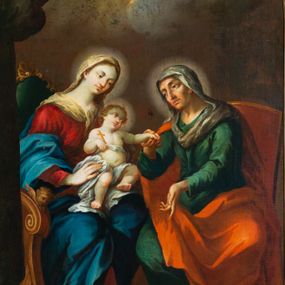
Picture
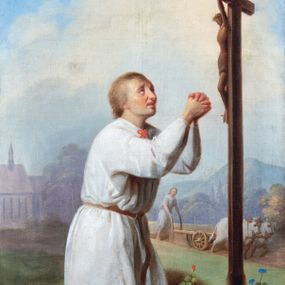
St. Isidore the Laborer

Picture
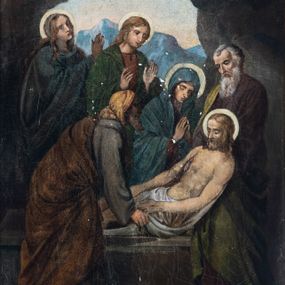
Picture
History abstract
The first mention of the village dates back to 1260, when its then owner, canon Albert, bequeathed his hereditary property in Zielonki to the Cathedral Chapter of Cracow. It is likely that at that time said property was already neighboured by the ducal estates in the nearby settlement of Idzikowice. Over time, a single village was formed, part of which belonged to the Church, while part was incorporated into the so-called royal "table estates" (bona mensae regiae). In 1308, the bishop of Cracow, Muskata, was accused of destruction in Zielonki (burning down the church). The parish of Nativity of Our Lady in Zielonki was mentioned for the first time in Peter's Pence lists from 1325. In 1464, King Casimir Jagiello issued a charter under which he confirmed the transfer of capitular villages, including Zielonek, to German law. In 1433, Queen Sophia of Halshany bought a manor farm on the Marszowiec hill, which from that time became an integral part of the Zielonki royal land. Milling was developing in the village, and many inns were active within its area. The part that belonged to the monarch was managed by royal tenants. The rulers frequently took out loans secured by that property. In 1578, Maximilian Habsburg resided in the parish in Zielonki just before the attempt to conquer Cracow. In 1633, the perpetual right to the manor farm in Marszowiec, and later one of the mills, was obtained by the famous architect Giovanni Trevano Vasa. In 1655, the Swedish army approached Cracow from the side of Zielonki. A time of war and pestilence began for the inhabitants of the Prądnik valley, lasting until the second Swedish invasion in 1702. In 1796, the village fell under Austrian rule; the former royal part became government property, while the church estate was significantly reduced. During the time of the Republic of Cracow, two morgen of capitular land were used for the construction of a primary school. In 1851, 54 peasant households in the village were enfranchised. Between 1884 and 1886, Fort 45 "Zielonki" was built; it was an important element of the fortifications of the Cracow Fortress. In 1914, the village was partially destroyed when the Austrian army purged the Cracow forefield. In 1936, the Sisters of the Most Holy Soul of Christ the Lord appeared in Zielonki. During World War II, many residents were killed, and Jews were being hidden in the village. After the war, the village gained, among others, a branch library, and the school was renovated.
How to cite?
Emilia Karpacz, "Zielonki", [in:] "The Sacred Lesser Poland Heritage", 2026, source: https://sdm.upjp2.edu.pl/en/places/zielonki-1